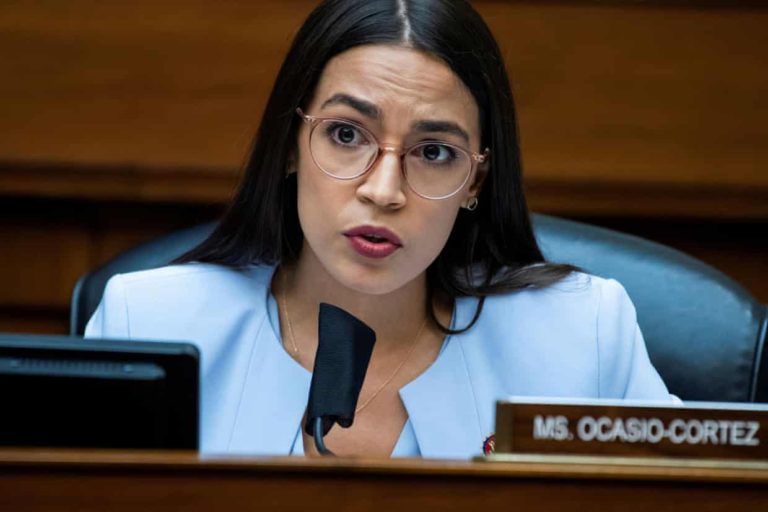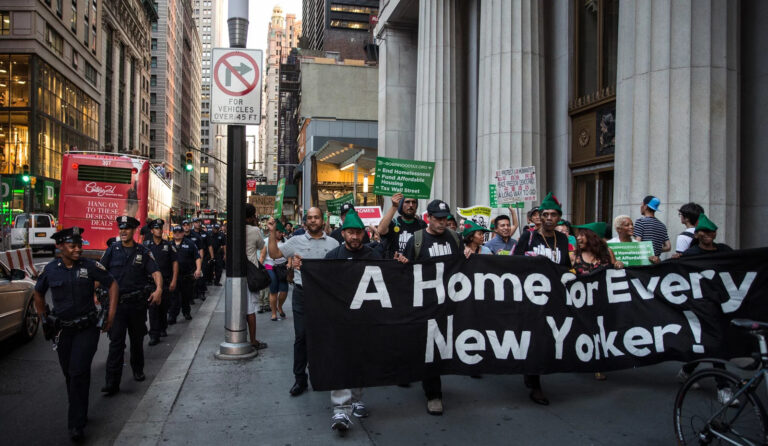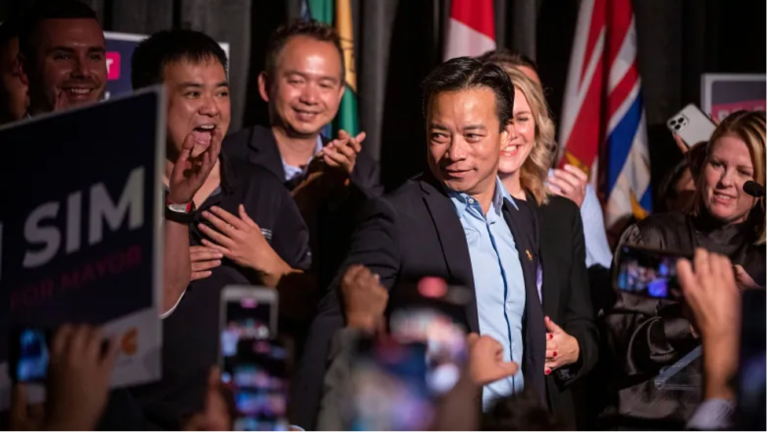The phrase “there are more vacant homes than homeless people” is a common talking point in housing policy discussions, especially from progressive politicians and advocates as a response to the suggestion that more housing needs to be built. What’s typically implied is that there’s more than enough housing, but the problem is that these units are being held by the rich and by corporations, where they are left empty and used for money laundering and other shady dealings. In essence, that scarcity is being manufactured for profit. Proponents of this view are labeled as “vacancy truthers”.
So, if these units were no longer intentionally left empty, then there would be enough homes to solve homelessness. This idea can be seen in this political cartoon by Milt Prigee. This claim, while technically true, is not an argument in and of itself as it lacks crucial nuance and is counterproductive to the goal of addressing homelessness and the housing crisis. It’s also a result of progressives freezing themselves from pushing meaningful policy on housing by trying to maintain a sense of ideological purity over pragmatism.
The first piece of nuance is that vacancy statistics are often misinterpreted, as we can see in the comic, as a bunch of homes that are good to live in, but are forced to be left vacant due to “capitalism.” But vacancy as defined by the US census is much broader. There are four kinds of vacancies the census counts.
-Vacant units for rent/Vacant units for sale only: Units that are currently on the market and empty waiting to be rented/bought
-Vacant units rented or sold: These are units that have been leased out but are temporarily empty as the buyer/renter has not yet moved in
-For occasional use/Units Occupied by Persons With Usual Residence Elsewhere: These are units that are occupied only regularly, but for only parts of the year. A common example is student housing or a vacation home
-Other: This encompasses a litany of reasons a unit would be left vacant including but not limited to foreclosures, legal proceedings, preparing the unit to rent/sell, repairs, demolition
As we can see, vacancy numbers can be very misleading. These categories exist as the census is just a short snapshot of a time period – it’s possible for an entire apartment complex just finished before census day to be labeled as entirely vacant despite the intention to rent out its units. Most of these units being described as vacant are already housing people or are going to. It’s sadly not as simple as just taking all these empty homes and using them to house homeless people as we would be displacing the people who would’ve lived in them too. Also the legal consideration of such an act under the Fifth Amendment. Not to mention that nationwide the majority of empty homes are in rural areas not in the urban centers where homelessness is the most prominent.
If your only proposed solution to homelessness in America is something that’s completely out of bounds legally then you’re essentially advocating for nothing. This is why conservative NIMBYs can co-opt “radical progressive” language to oppose the construction of new housing while simultaneously acting as slum lords. If you really want to stick it to corporations like Blackstone and its former subsidiary Invitation Homes that have been buying up homes across the country, you can build more housing. As Invitation Homes notes in their SEC filings
“We could also be adversely affected by overbuilding or high vacancy rates of homes in our markets, which could result in an excess supply of homes and reduce occupancy and rental rates. Continuing development of apartment buildings and condominium units in many of our markets will increase the supply of housing and exacerbate competition for residents.”
The is the largest private equity speculator on homes in the United States flat out stating that building more homes hurts their profit model. Utilizing this framing and evidence has helped me convince many people that more housing development is necessary. But I think it reflects an unfortunate tendency among progressives where policies are valued on how much they seem to oppose certain groups as opposed to how much they support the vulnerable. An example being opposition to new housing construction under the principle that it’s “giving money to developers”. To me, that’s as absurd as saying you oppose food stamps because they’re a giveaway to grocery stores. Yet you have progressive academics labeling rent relief programs as “landlord bailouts”.
I believe this is because people view the housing crisis as fundamentally a class conflict between the renter-tenant groups and the profiteering groups (corporations, developers, landlords). Anything that benefits the profiteers must be exploitative and opposed. The problem is that developers and landlords have opposing interests. They make money in opposite ways, developers make money off building housing while landlords want less housing development and competition. If you oppose both by principle you really just end up opposing everything and reinforcing the status quo.
Progressives have played important roles in advocating for housing policy. Alex Lee, a DSA (Democratic Socialists of America) member, has been at the forefront of social housing in California. Alexandria Ocasio-Cortez better known as AOC has pushed to end single-family zoning, parking requirements, and lot limits by introducing HR 5072. Both Alex and AOC were willing to push for actual policy even if constructing social housing requires developers to do so, and yes removing single-family zoning will give profits to developers. Because they understand that addressing those impacted by the housing crisis is infinitely more important than waffling such issues. They recognize that we need more homes.



